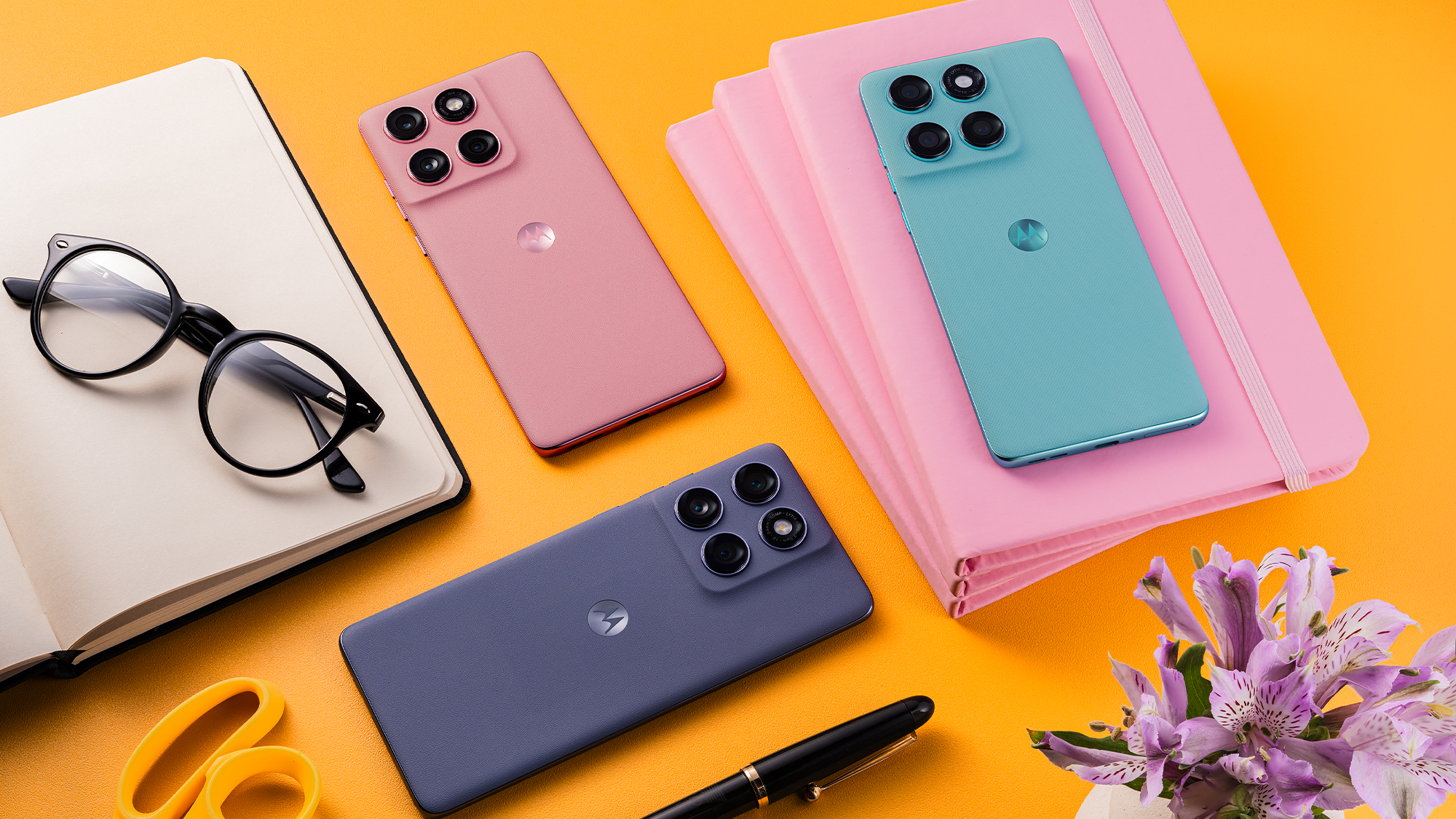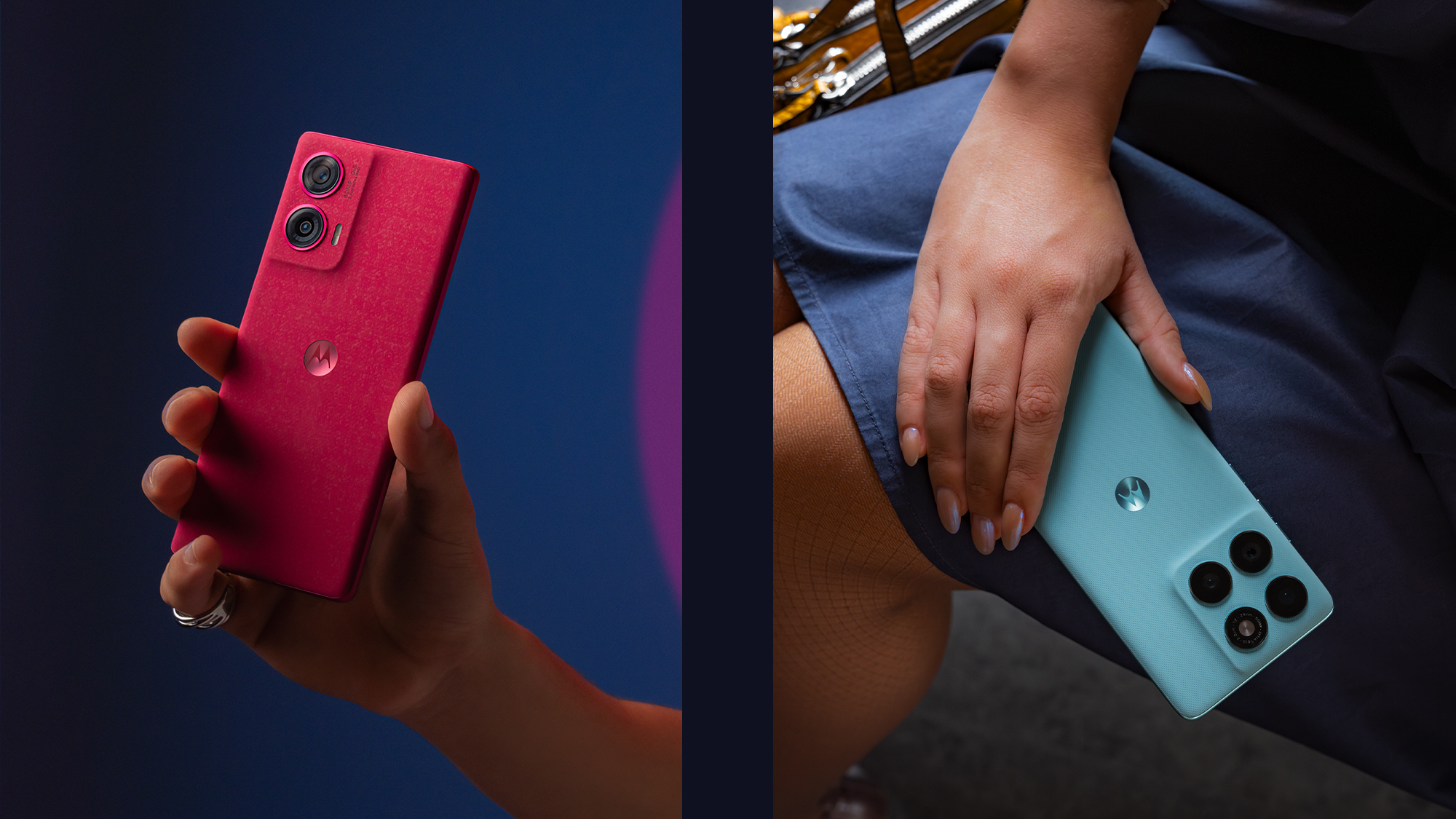The Motorola Edge 60 Fusion has been officially confirmed to arrive in Australia on May 22, following its launch in the UK back in early April.
Priced at AU$699, the Edge 60 Fusion looks to continue Motorola’s mission of delivering mid-range devices for users who want a high-quality mobile experience without breaking the bank.
It will be available in Slipstream (purple), Amazonite (teal) and Zephyr (pink) from JB Hi-Fi, The Good Guys, Amazon and Motorola itself, as well as Harvey Norman and Officeworks.
Motorola claims this new model has the brightest display of any phone in this price bracket (AU$600 – AU$950) with a 4,500 nit peak brightness. It also boasts a “pro-grade” quad-camera system that promises great results for users of all skill levels.
This 2025 model is really focused on an upgraded Moto AI system that promises to simplify everyday tasks. With the Moto AI voice assistant, spoken prompts like ‘Catch me up’ and ‘Remember this and Recall’ allow users to get their desired information quickly, and remember details or items for later. This is a big improvement over the AI tools I tested in the Motorola Edge 50 Fusion.
It can also transcribe conversations, play music and offer suggestions. But, like the Motorola Edge 50 series of phones, the Edge 60 Fusion’s camera promises to be the star here.
A world’s first for mobile cameras

Motorola takes its photography seriously. The Motorola Edge 50 Pro is still one of the best cheap camera phones on the market and the Edge 50 Fusion also delivered strong results. The Edge 60 Fusion’s specs look like it should continue that trend.
Motorola’s new phone boasts the “world’s first Sony LYTIA 700C camera validated by Pantone”, meaning you can trust that the colours your eyes see will translate to your camera results. And with OIS video stabilisation, Motorola claims users will be able to effortlessly shoot like a pro and curate standout photos.
However, its rear ‘quad’ camera isn’t quite what it’s made out to be. A deep dive into the specs list reveals that it features two lenses, a flash and a 3-in-1 light sensor, all of which go into making it appear like a quad system.
The main 50MP uses the new Sony sensor, and the 13MP ultrawide lens has Macro Vision with a minimum focal distance of just 3.5cm. The additional light sensor should come handy in low-light situations, while the fourth bump is a flash that will double as the torch.
You also get a 32MP selfie camera that can shoot videos in 4K.
However, its biggest value draw may be battery life and durability. The Edge 60 Fusion’s upgraded 5,200mAh battery should eke out a few hours more than the 30 offered by its predecessor, something that was already impressive enough to earn my Motorola Edge 50 Fusion review 4.5 stars. The Edge 60 Fusion also retains the 68W fast-charging ability from its predecessor – promising and extra 12 hours in just eight minutes.
Th new model also promises to be more durable than previous Edge devices. Motorola says it can handle temperatures of -20°C to 60°C and maintain regular performance at elevations of up to 4,500m.
Crucially, it boasts both IP68 and IP69 water- and dust-resistance ratings that mean it can handle both long stints under water (30 minutes at 1.5m) and high-pressure jets.
There’s still something missing, though

Just from its feature list, the Motorola Edge 60 Fusion looks like it could be one of the best budget phones in Australia. Between its improved camera set, brighter display, better battery and durability, it’s an attractive affordable option for a variety of users.
However, Motorola still only offers three years of software support and four years of security updates – the same support promise we saw for the Edge 50 Fusion and Edge 50 Pro. It’s disappointing considering the Moto G75 and Edge 50 Neo received five years of Android OS upgrades.
In a budget-focused price bracket, this hurts its long-term value.
Take the the AU$699 Samsung Galaxy A56 as an example, which I think is the best budget phone currently available. While it offers an excellent experience for the average user at half the price of a flagship phone, it also provides six years of software and security support to ensure it’s a device you can use for years to come.
Similarly, the AU$849 Google Pixel 9a has seven years of OS updates. Even the Nothing Phone 3a Pro, which only offers three years of Android updates, makes up for it with six years of security patches.
So, even though the Motorola Edge 60 Fusion looks like it offers strong value – and could go toe-to-toe with the Galaxy A56 – it’s tarnished by the lack of software support.
Still, I was thoroughly impressed by Motorola’s 2024 budget-focused despite their weak support offering, so I’m keen to see what the Edge 60 Fusion has in store.





